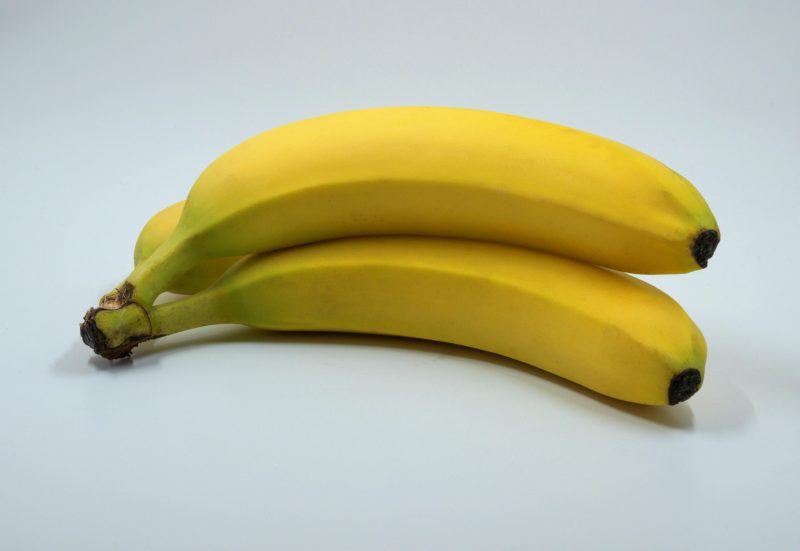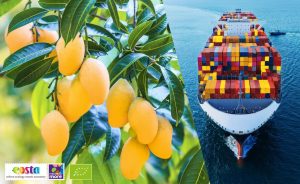By September 2025, Ecuadorian banana exports had reached a cumulative year-on-year growth of 3.33%, equivalent to 285.96 million boxes. However, the slowdown in export expansion persists. Seasonal demand fluctuations, cooler weather conditions, and a challenging logistical and trade environment have dampened growth, with the sector showing clear signs of deceleration after several months of weaker increases.
According to AEBE, Ecuador’s banana sector closed September with a cumulative growth rate of 3.33%, confirming the downward trend that began in May. After posting the year’s highest increase in May (+5.89%), monthly growth has steadily declined — to 5.47% in June, 4.95% in July, 4.26% in August, and finally 3.33% in September. This indicates reduced export momentum during the third quarter of 2025.
A regional analysis shows that the main growth drivers came from Russia, the European Union, the Middle East, and the United States, which together contributed more than seven percentage points to total growth.
Russia maintained its position as the leading growth engine, with exports up 15% (contributing 2.67 percentage points), followed by the EU (+6.9%, 2.07 points) and the Middle East (+12.1%, 1.68 points).
RELATED NEWS: SanLucar signs exclusive production and export agreement with Sun World® in Ecuador
However, since June, even these leading destinations have shown signs of deceleration – EU growth fell from 8.5% to 6.9%, while the Middle East dipped slightly from 12.4% to 12.1%. The US, Asia, and South America’s Southern Cone also slowed their import growth, dropping from between 7% and 21% in June to around 5%–7%, or even turning negative, such as the 3% decline recorded in the Southern Cone in September.
Cooler-than-usual weather in Ecuador’s banana-growing regions has also affected fruit ripening and harvesting speed, disrupting export scheduling. Combined with seasonal consumption trends and inventory adjustments in global markets, these factors led to a lower trade volume during Q3.
Externally, ongoing logistical bottlenecks, port congestion, geopolitical tensions, and stricter regulatory requirements continue to impact the banana supply chain, AEBE said. Delivery delays and higher shipping costs have reduced the export sector’s responsiveness, creating a tighter, more challenging business environment with narrower profit margins.






















